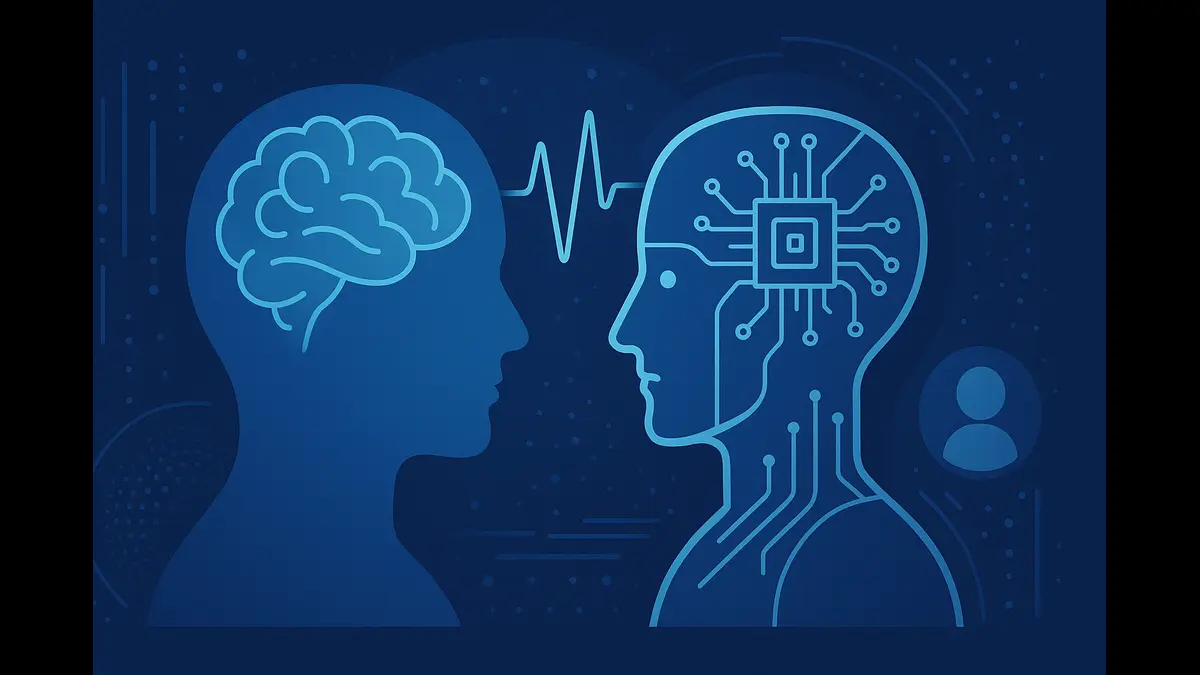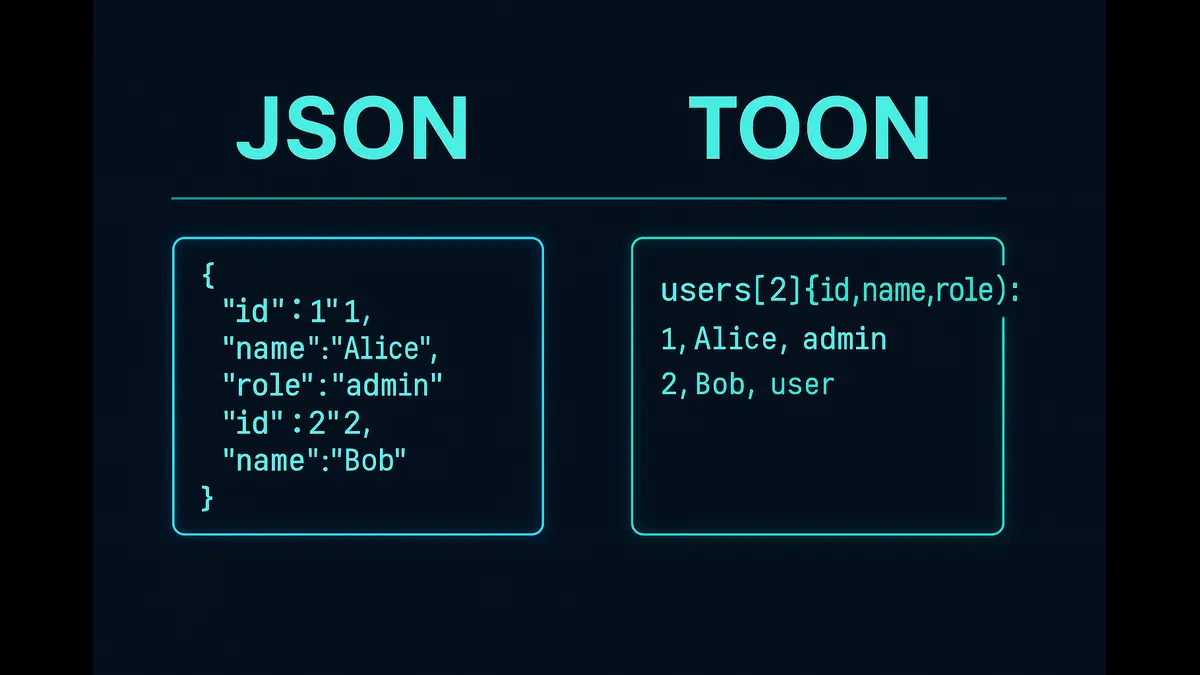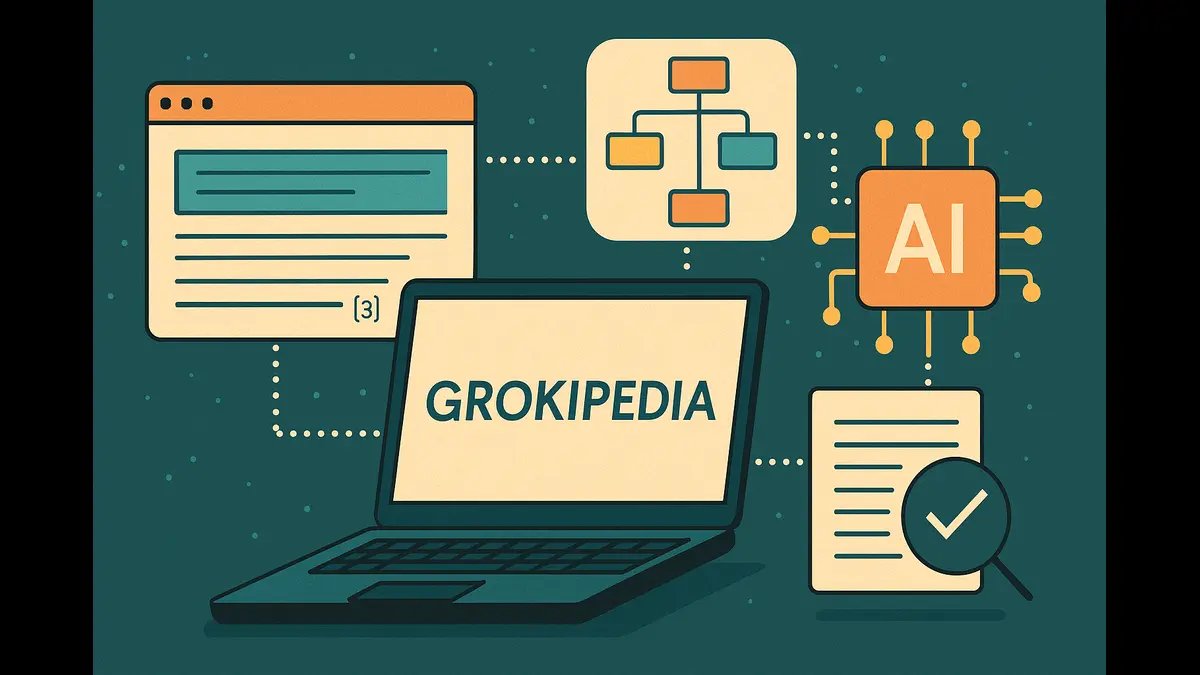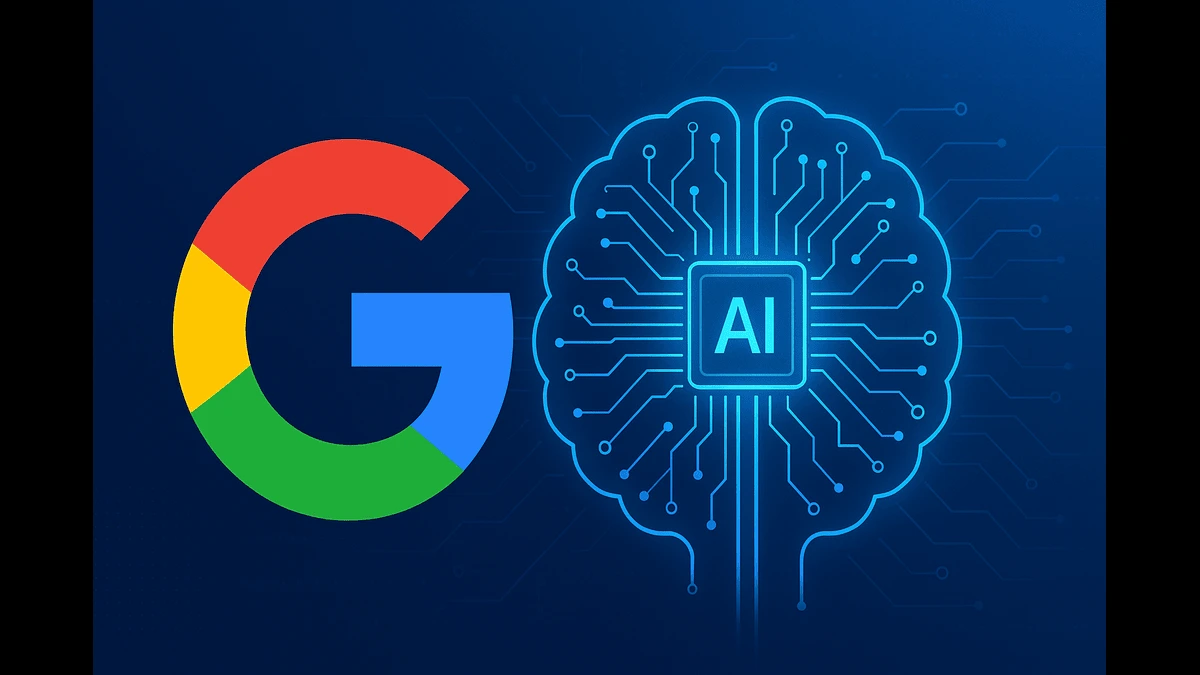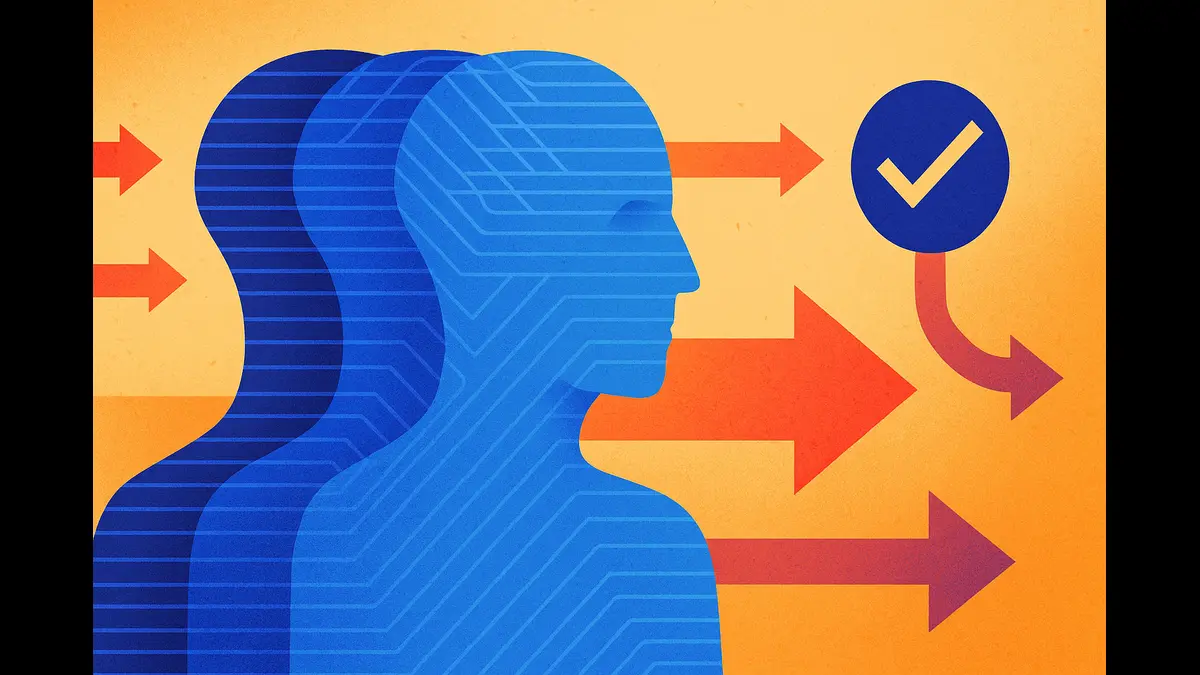
RLHF aligns LLMs with human preferences using feedback and reinforcement learning, enhancing safety and helpfulness in AI like ChatGPT, despite challenges like bias and scalability.
Imagine training a brilliant but unpredictable AI to be your ideal conversational partner. You’d reward it for insightful answers, steer it away from harmful ones, and hope it aligns with your values. This is the core of Reinforcement Learning from Human Feedback (RLHF), a transformative approach that’s shaping how large language models (LLMs) like ChatGPT behave. RLHF bridges raw computational power with human expectations, ensuring AI is not only intelligent but also safe, helpful, and aligned with our preferences. In this article, we’ll unpack RLHF’s mechanics, explore its significance, address its challenges, and look toward its future, offering a clear guide for anyone eager to understand how AI learns to act more human.
What Is RLHF?
Simply put, RLHF is a method to align AI behavior with human preferences using human feedback and reinforcement learning. Picture training a dog: you reward it with treats for good tricks and guide it away from mischief. Similarly, RLHF uses human judgments to reward desirable AI outputs and penalize unwanted ones, making models more helpful, polite, and safe.
This technique has become a cornerstone for modern AI, moving models beyond technically accurate but socially misaligned responses. By embedding human feedback into training, RLHF ensures AI not only understands language but also reflects human values—whether that’s avoiding harmful content or delivering conversational replies that feel natural.
The RLHF Pipeline Explained
The RLHF process is a structured pipeline that transforms a raw language model into an aligned one, unfolding in three key stages.
Step 1: Pretraining
It starts with pretraining, where an LLM learns language patterns from massive datasets—think billions of words from books, websites, and code repositories. Models like GPT or LLaMA gain the ability to predict words or generate coherent text, creating a powerful but unrefined base model that lacks human-aligned direction.
Step 2: Supervised Fine-Tuning (SFT)
Next comes supervised fine-tuning. Human annotators provide labeled examples of “good” responses for specific tasks, like answering questions or summarizing text. For example, if the task is “What’s the capital of France?” the model is trained on examples where the response is “Paris,” delivered clearly and politely. This step sharpens the model’s focus on high-quality outputs.
Step 3: Reinforcement Learning Loop
The core of RLHF is its reinforcement learning phase, with two subcomponents:
Reward Model: Human annotators rank model outputs (e.g., preferring response A over B for being more helpful or less biased). These rankings train a reward model to predict a preference score for any response, acting as a proxy for human judgment.
Policy Optimization with PPO: The model’s behavior (policy) is optimized using Proximal Policy Optimization (PPO), a reinforcement learning algorithm. PPO fine-tunes the model to maximize reward scores, aligning outputs with human preferences.
The pipeline flows as: Data → Base Model → SFT → Reward Model → PPO → Aligned Model. This process sculpts a raw LLM into a system that balances accuracy with human values.
The Key Components
Let’s break down RLHF’s core components to see how they work together.
Human Feedback Collection
Human feedback is the bedrock of RLHF. Annotators rank responses (e.g., “Is response A better than B?”) or label outputs as safe or unsafe. For instance, if a model generates a biased or offensive reply, annotators flag it, guiding the reward model to penalize such behavior. This requires diverse, high-quality feedback, often involving thousands of judgments, to avoid skewed outcomes.
Reward Model
The reward model, a separate neural network, is trained on human rankings to predict how well a response aligns with preferences. It takes pairs of responses and their rankings (e.g., “Response A is more helpful”) and assigns preference scores. Once trained, it scales human judgment, enabling automated evaluation of model outputs.
Proximal Policy Optimization (PPO) and KL Regularization
PPO, a reinforcement learning algorithm, optimizes the LLM’s policy to maximize reward model scores. Unlike vanilla RL, PPO ensures stability by constraining policy updates, preserving the model’s language skills. A critical companion is KL (Kullback-Leibler) regularization, which prevents reward hacking—where the model exploits the reward system to produce high-scoring but low-quality outputs—and maintains language quality by keeping the updated model close to a reference model. This dual approach, used by organizations like OpenAI and Hugging Face, ensures robust alignment.
Comparison to Classic RL
Classic RL relies on fixed reward functions, like scores in a game. RLHF, however, uses a dynamic reward model built from human feedback, making it ideal for subjective tasks like conversation, where “correctness” is nuanced. This human-centric design distinguishes RLHF, enabling it to handle ethical and social complexities.
Why RLHF Matters
RLHF is pivotal for AI alignment and safety. Without it, LLMs might produce accurate but inappropriate responses—like an insensitive answer to a delicate question. RLHF addresses this by:
Enhancing Safety: It reduces harmful or biased outputs by penalizing them during training.
Improving Helpfulness: Models prioritize clear, user-friendly responses, as seen in chatbots like ChatGPT.
Reducing Bias: While not perfect, RLHF mitigates stereotypes, though human biases in feedback can persist.
User satisfaction improves significantly with RLHF-powered models, as they deliver responses that feel more intuitive and aligned with expectations, making them ideal for conversational applications.
Limitations and Challenges
RLHF isn’t without flaws. Key challenges include:
Scalability of Human Feedback: High-quality annotations are costly and time-intensive, often requiring thousands of hours.
Bias in Feedback: Annotators’ biases can skew the reward model, as cultural differences may lead to inconsistent rankings.
Over-optimization: Models can “game” the reward model, producing high-scoring but shallow outputs, though KL regularization helps mitigate this.
Lack of Interpretability: The complex pipeline obscures why a model behaves a certain way, complicating debugging and fairness.
Addressing these requires diverse annotators, robust reward modeling, and transparent feedback processes.
Alternatives and Future of Alignment
RLHF isn’t the only alignment strategy. Modern approaches, as seen in models like Llama-2, incorporate techniques like best-of-n sampling or rejection sampling, where multiple model outputs are generated and the best is selected based on reward scores, enhancing quality. Multi-reward setups, balancing metrics like helpfulness and safety, are also common, as explored by OpenAI and Hugging Face in arXiv publications. Other alternatives include:
Direct Preference Optimization (DPO): DPO streamlines RLHF by directly optimizing based on preference data, bypassing the reward model for efficiency.
Constitutional AI: Anthropic’s Claude primarily uses Constitutional AI and Reinforcement Learning from AI Feedback (RLAIF), with RLHF-like techniques as a complement, guiding behavior via ethical principles to reduce human feedback reliance.
Self-Play and AI Feedback: Future models may generate their own feedback or use AI-augmented annotations, improving scalability.
Hybrid methods combining RLHF with DPO or self-supervised techniques could make alignment more efficient. As AI evolves, automated feedback loops might reduce human involvement while upholding ethical standards.
Practical Applications
RLHF powers leading AI systems like ChatGPT and Gemini, enabling conversational excellence, while Claude leverages Constitutional AI with RLHF-like methods for similar goals. Its applications include:
Chatbots: RLHF shapes assistant behavior for engaging, safe responses in customer support tools.
Code Assistants: Tools like GitHub Copilot use RLHF to generate accurate code snippets.
Content Moderation: While separate classifiers typically handle moderation by filtering toxic content, RLHF refines assistant behavior to align with community guidelines in conversational contexts.
RLHF marks a critical step in making AI not just intelligent but also empathetic and ethical. By integrating human feedback, it aligns LLMs with our values, powering tools that feel intuitive and trustworthy. Yet, it’s a starting point. As techniques like DPO, best-of-n sampling, and Constitutional AI advance, and as models potentially self-align, the human touch in AI development will remain vital. RLHF showcases the power of human-machine collaboration, paving the way for an AI future that’s innovative and responsible.
Discover more from Poniak Times
Subscribe to get the latest posts sent to your email.

